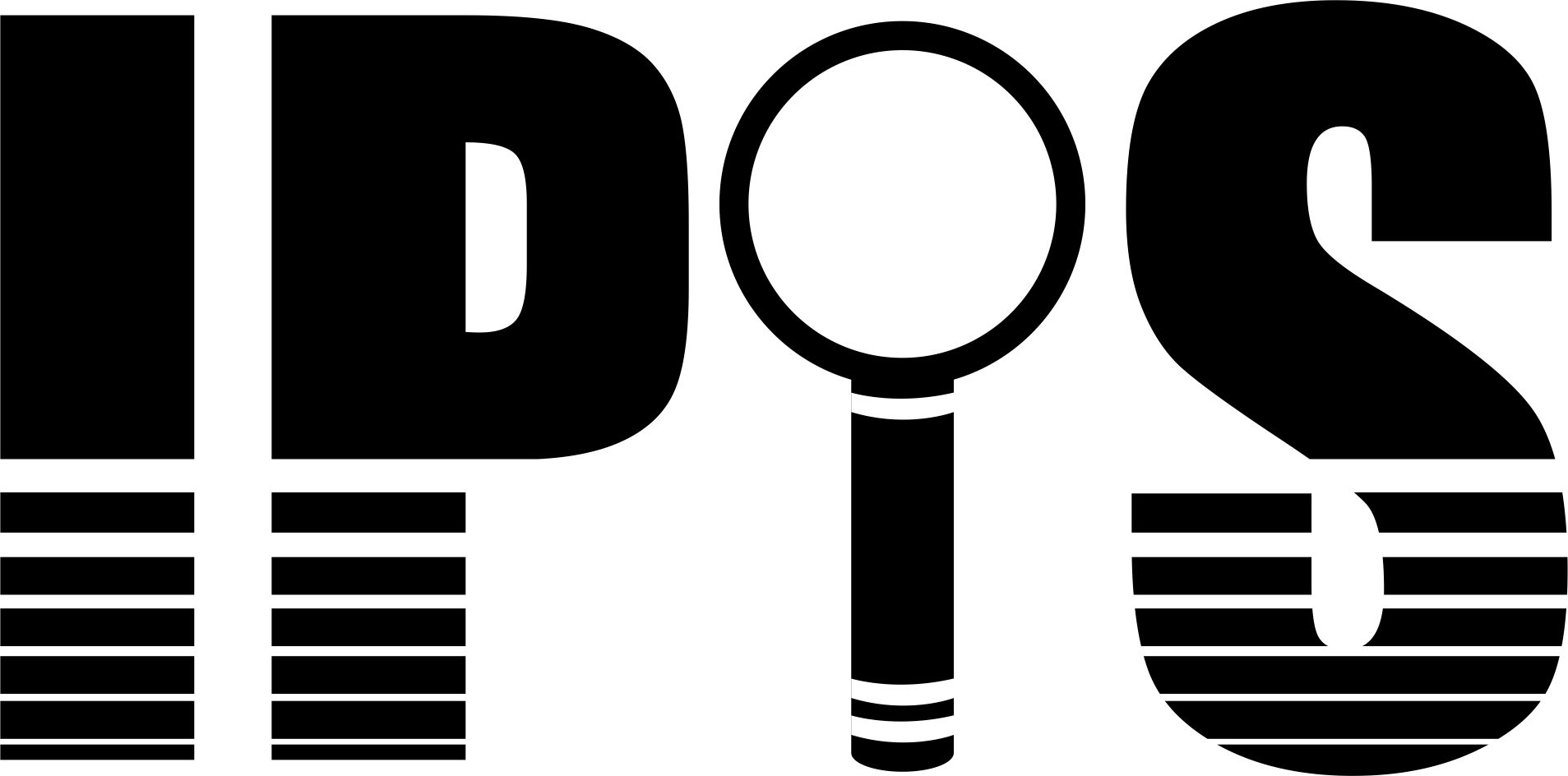“This list of terms covers most of the common household dangers likely to be encountered by InterNACHI inspectors.
- algae: microorganisms that may grow to colonies in damp environments, including certain rooftops. They can discolor shingles; often described as fungus.
- alligatoring: a condition of paint or aged asphalt brought about by the loss of volatile oils, and the oxidation caused by solar radiation; causes a coarse, “checking” pattern characterized by slipping of the new paint coating over the old coating to the extent that the old coating can be seen through the fissures. “Alligatoring” produces a pattern of cracks resembling an alligator hide, and is ultimately the result of the limited tolerance of paint or asphalt to thermal expansion and contraction.
- asbestos: a common form of magnesium silicate which was commonly used in various construction products because of its stability and resistance to fire. Asbestos exposure, caused by inhaling loose asbestos fibers, is associated with various forms of lung disease. Asbestos is the name given to certain inorganic minerals when they occur in fibrous form. Though fire-resistant, its extremely fine fibers are easily inhaled, and exposure to them over a period of years has been linked to cancers of the lung and the lung-cavity lining, and to asbestosis, a severe lung impairment. Asbestos is a naturally occurring mineral fiber sometimes found in older homes. It is hazardous to your health when a possibility exists of exposure to inhalable fibers. Homeowners should be alert for friable (readily crumbled or brittle) asbestos, and always seek professional advice in dealing with it.
- bleeding: the migration of a liquid to the surface of a component or into/onto an adjacent material.
- blister: an enclosed, raised spot evident on the surface of a building. They are mainly caused by the expansion of trapped air, water vapor, moisture or other gases.
- blue stain: a bluish or grayish discoloration of the sapwood caused the growth of certain mold-like fungi on the surface and in the interior of a piece, made possible by the same conditions that favor the growth of other fungi.
- bubbling: in glazing, open or closed pockets in a sealant caused by the release, production or expansion of gasses.
- buckling: the bending of a building material as a result of wear and tear, or contact with a substance such as water.
- carbon monoxide (CO): a colorless, odorless, highly poisonous gas formed by the incomplete combustion of carbon.
- cohesive failure: internal splitting of a compound resulting from over-stressing of the compound.
- condensation: water condensing on walls, ceiling and pipes; normal in areas of high humidity, usually controlled by ventilation or a dehumidifier.
- corrosion: the deterioration of metal by chemical or electrochemical reaction resulting from exposure to weathering, moisture, chemicals and other agents and media. ” – InterNachi
To read more about household dangers, click here.
